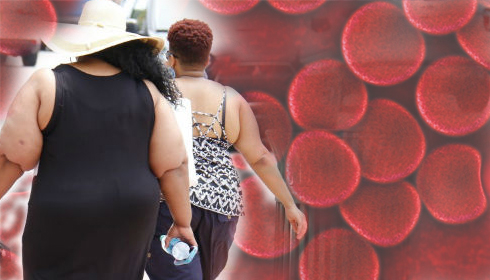
New drug approach could change the way people with high-risk blood cancer are treated
Scientists at the University of Miami Miller School of Medicine's Sylvester Comprehensive Cancer Centre are discovering that a new way of treating blood cancers that uses an older drug called cyclophosphamide may make it possible for more people with high-risk blood cancers to get stem cell transplants from unrelated donors who are only partially matched. This discovery could greatly improve the chances of treatment success for people who have a hard time finding fully matched donors.
People with blood cancer who need stem cell donations have a hard time finding a good source. People who don't have any family members who can donate bone marrow often use the National Marrow Donor Programme. However, not all patients are able to find a match. Those from racial and ethnic groups that aren't well represented will feel this the most. White patients can find a fully matched donor more often than any other race (more than 70% vs. 50% for Hispanic and 25% for Black).
By using an older drug called cyclophosphamide in a new way, the new method makes it easier to find donors. Researchers are seeing high success rates in people who get stem cells from unrelated, partly matched donors and are given cyclophosphamide a few days after the donation. The results are pretty much the same as when fully matched donors are used.
An important person in the studies, Dr. Antonio Jimenez Jimenez, says, "The results seem to be very similar to those of a fully matched donor." This method is already being used at Sylvester and other hospitals. It makes it easier for more people to find donors and receive care that could save their lives. Jimenez Jimenez says that the effect has been "transformational."
HLAs, which are protein marks on blood cells, tell us if a donor is compatible with a recipient. The immune system's "QR code" is made up of these marks. Siblings have a 25% chance of having an HLA match that is 100%, and a 50% chance of having a match that is not 100%. A harmful side effect called graft vs. host disease (GVHD) is lessened by cyclophosphamide. This is when the transplanted organ attacks the patient's body. The drug lessens the damage that cells that cause GVHD do.
The new study is mostly about how to use cyclophosphamide in people who are getting peripheral blood stem cell (PBSC) donations. Stem cells from blood are easier to get than from bone marrow, so this method is being used more and more. Researchers looked at data from 70 adults with advanced blood cancers in the first part of the study. To get ready for the donation, these patients were given a "reduced-intensity" regimen. They then received stem cells from unrelated donors who were partially matched.
At one year, the general survival rate was 79%, which is about the same as the rate of survival with fully matched donors. 51% of people with GVHD had not had it come back after a year. Jimenez Jimenez thinks these results are "impressive," especially since the study looked at people with a high risk and an average age of 65. There were also a lot of different donor mismatches in the study.
With this new method, more people can find donors and get care, and the donors are often better, like younger people with stronger grafts. The results are especially important for medical centres like Sylvester, which have a lot of different kinds of patients and are having a hard time finding a donor.
About 300 patients from more than 30 hospital sites, including Sylvester, are being added to the current phase 2 study. Researchers are still looking into the best ways to give cyclophosphamide, use it with other drugs, and reduce its side effects. This study could lead to a big change in how high-risk blood cancers are handled, giving hope to many patients who didn't have many choices before.